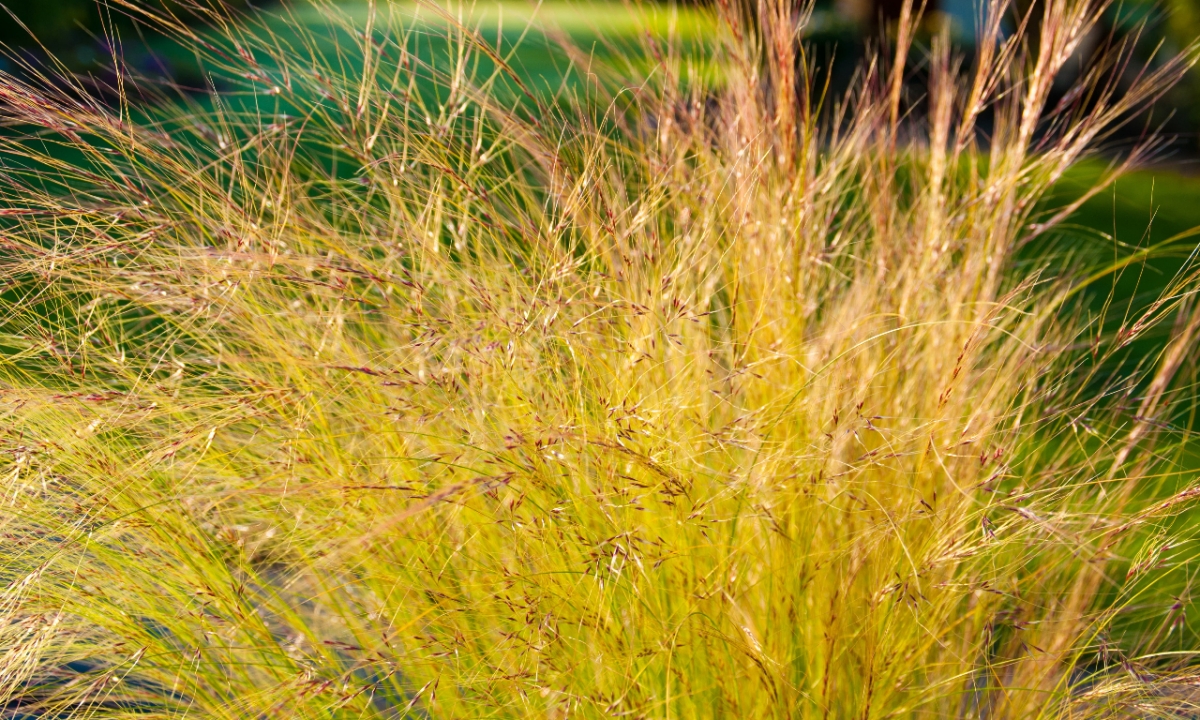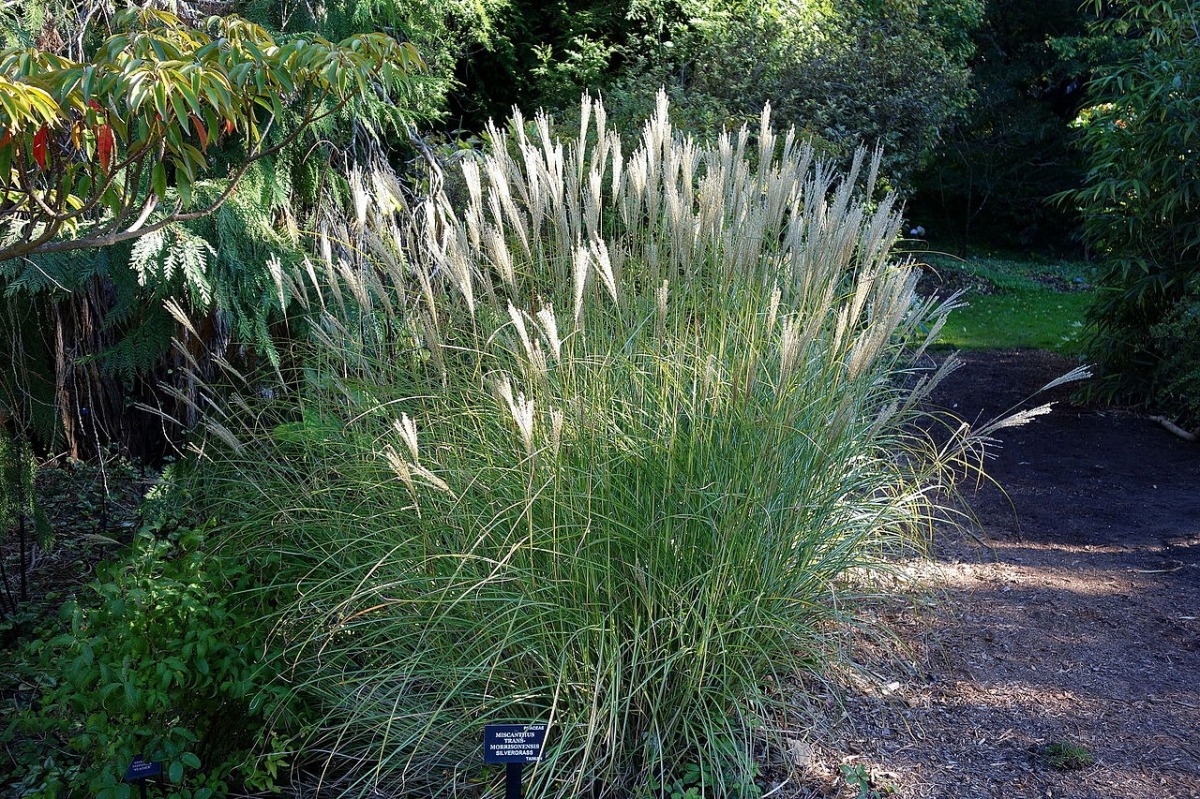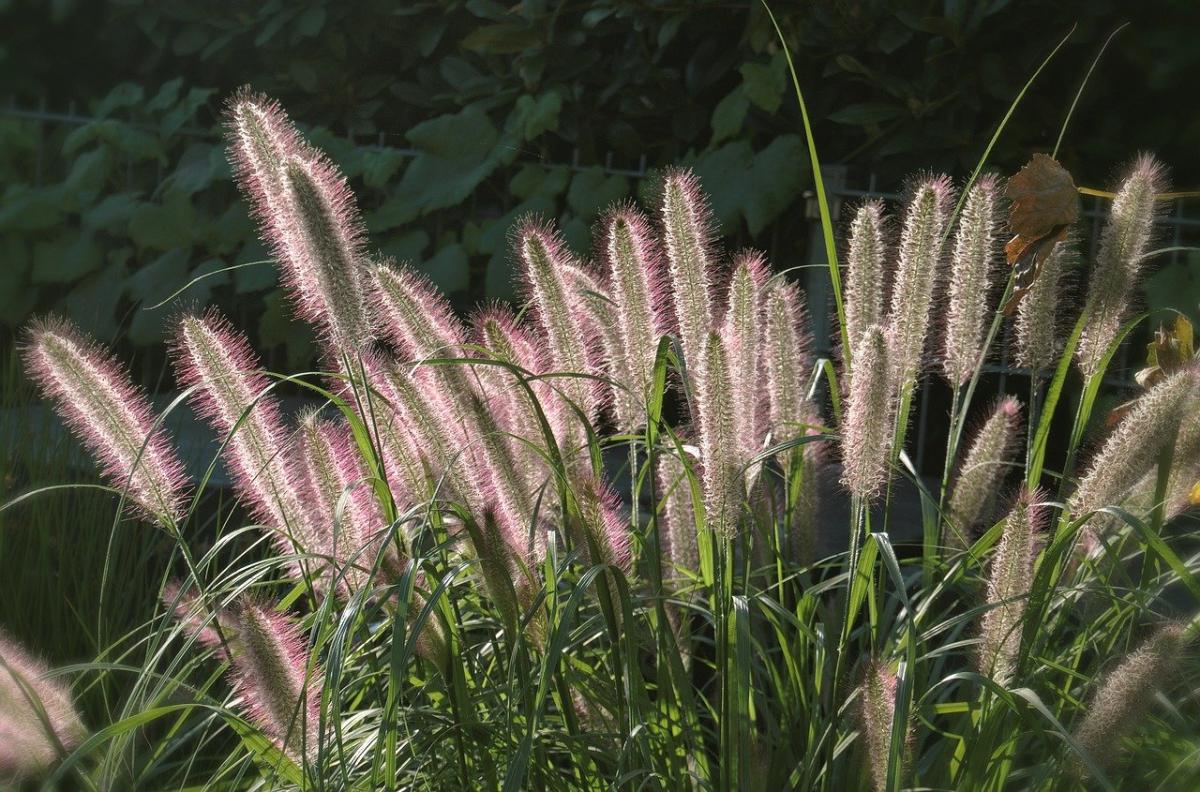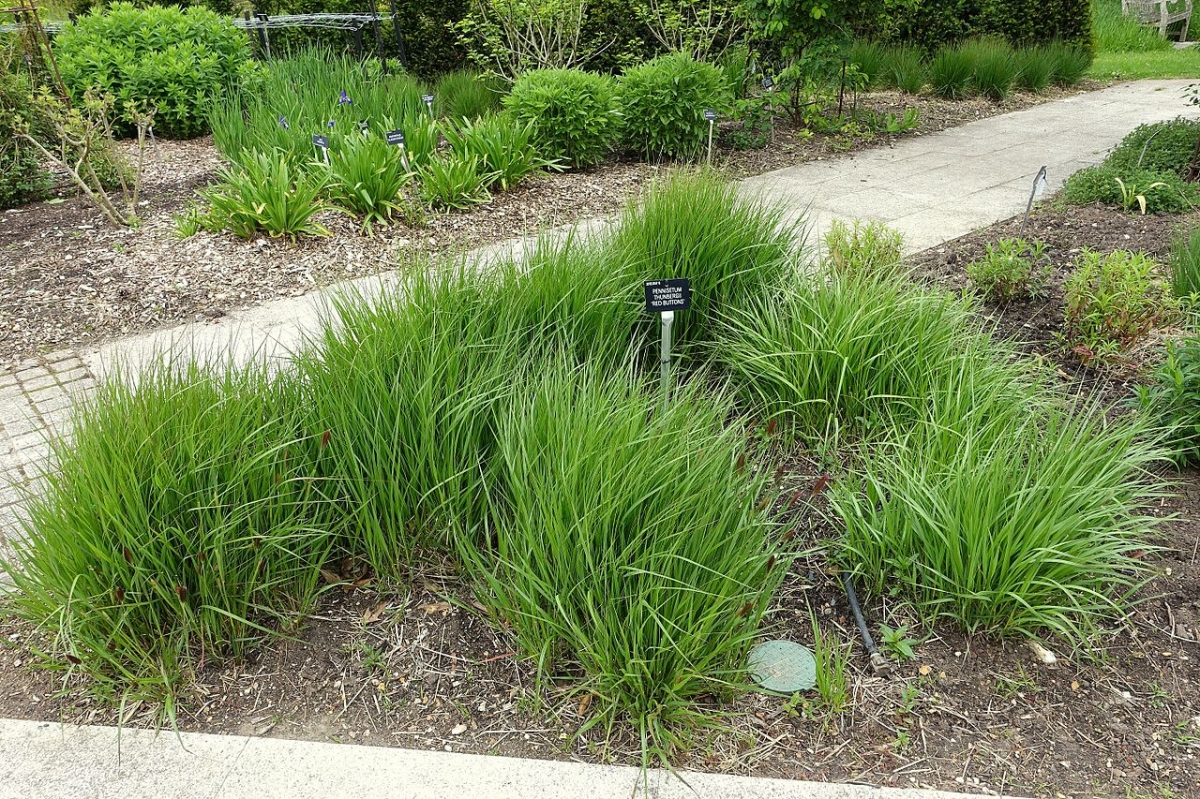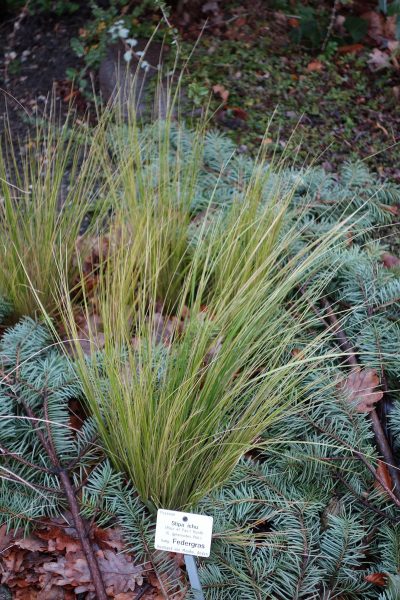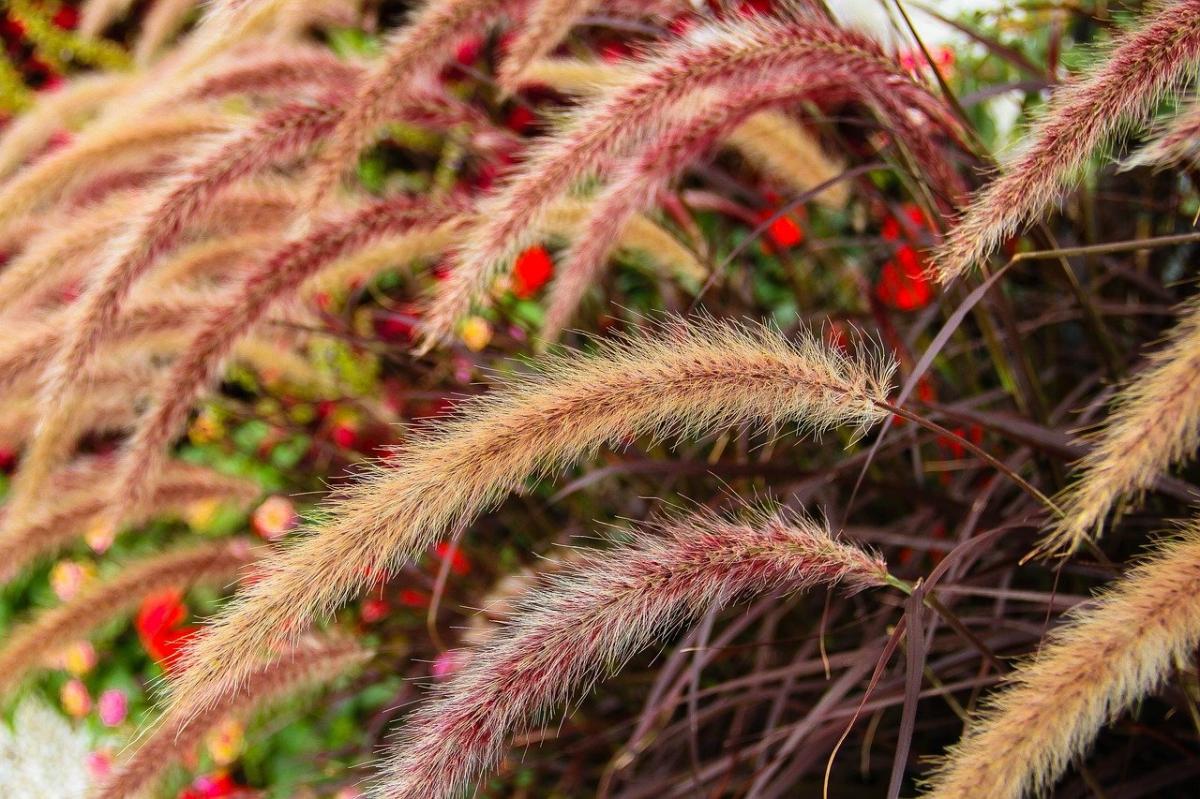
If we have to say which plants grow the fastest, the answer would be this: herbs. But also, within this group we find a series of varieties with which it is possible to give the garden color and, also, movement: ornamental grasses.
Although their pollen makes people who are allergic to sneeze when we pass by, that does not mean that they cannot be planted in remote areas, far from those areas where we like to spend time. Let's see what they are.
Types of ornamental grasses
Take a look at the 10 species of decorative grasses with which you can decorate your garden or terrace:
Anemanthele lessoniana (Chiffon grass)
Chiffon grass, or New Zealand wind grass, is a relatively small plant, growing between 30 to 90 inches tall and wide. It has nice yellowish green foliage with coppery hints. It resists the cold, as well as the frosts down to -3ºC.
Calamagrostis x acutiflora
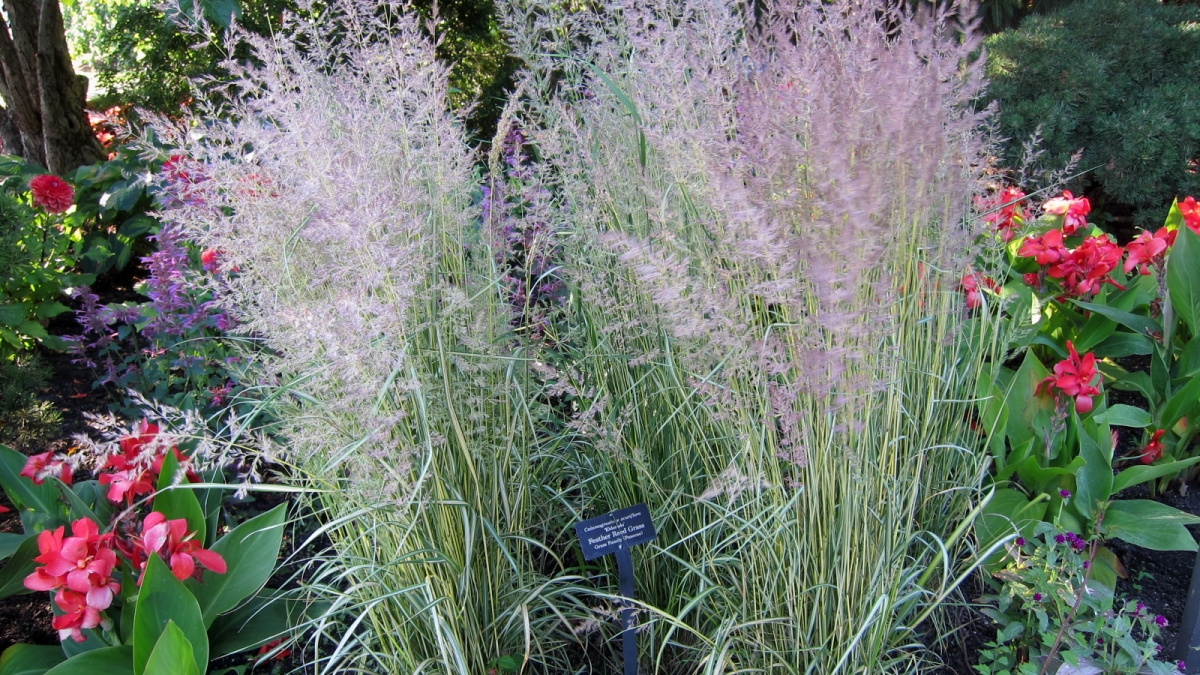
Image - Flickr / cultivar413
This is a natural hybrid of Calamogrostis arundinacea y calamagrostis epigejos. It grows up to 150 centimeters in height including the floral stem, and a width of 50 centimeters. The flowers are generally yellowish-white, but there are cultivars such as 'Eldorado' that have lilac. Withstands frosts down to -12ºC without problems.
Fescue glauca
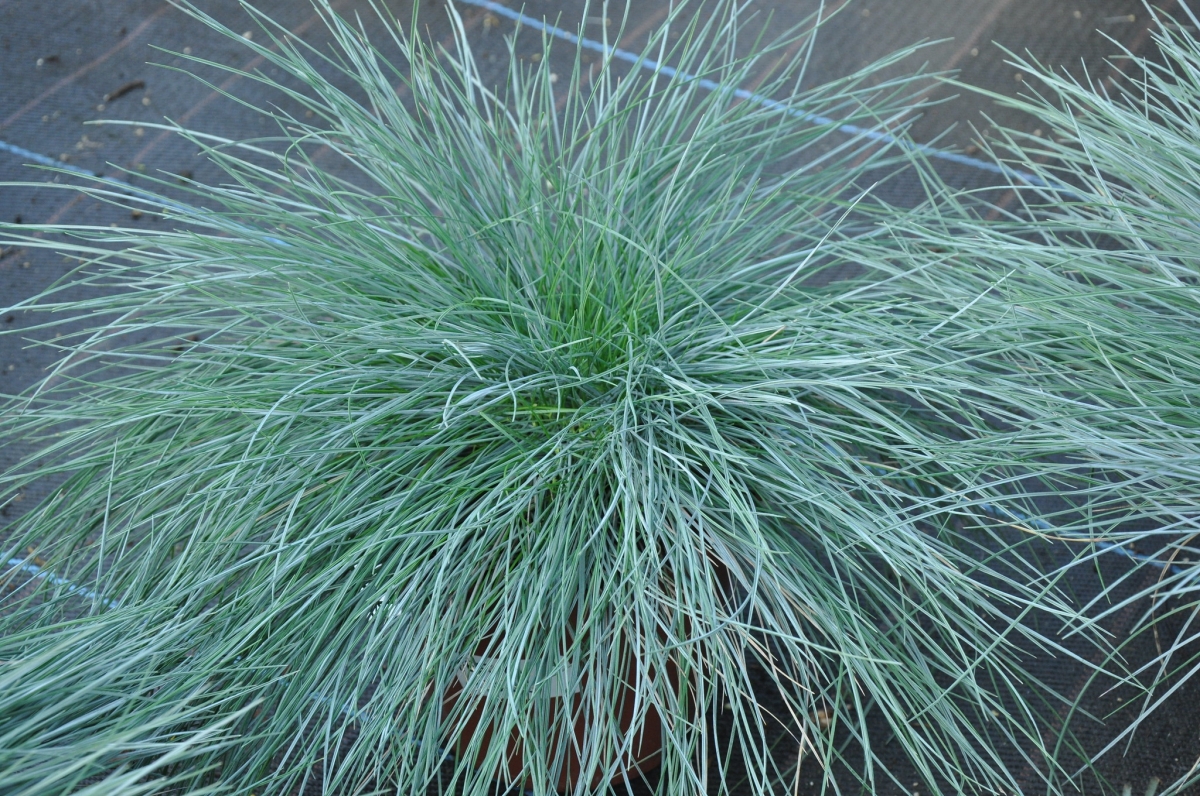
Image - Flickr / Stefano
La Fescue glauca It is a plant with bluish leaves that reaches 30 centimeters in height and width. It blooms in summer, but its flowers are insignificant. Another of its characteristics is that tolerates both treading and cutting, and frosts down to -18ºC do not hurt.
Macro hakonechloa
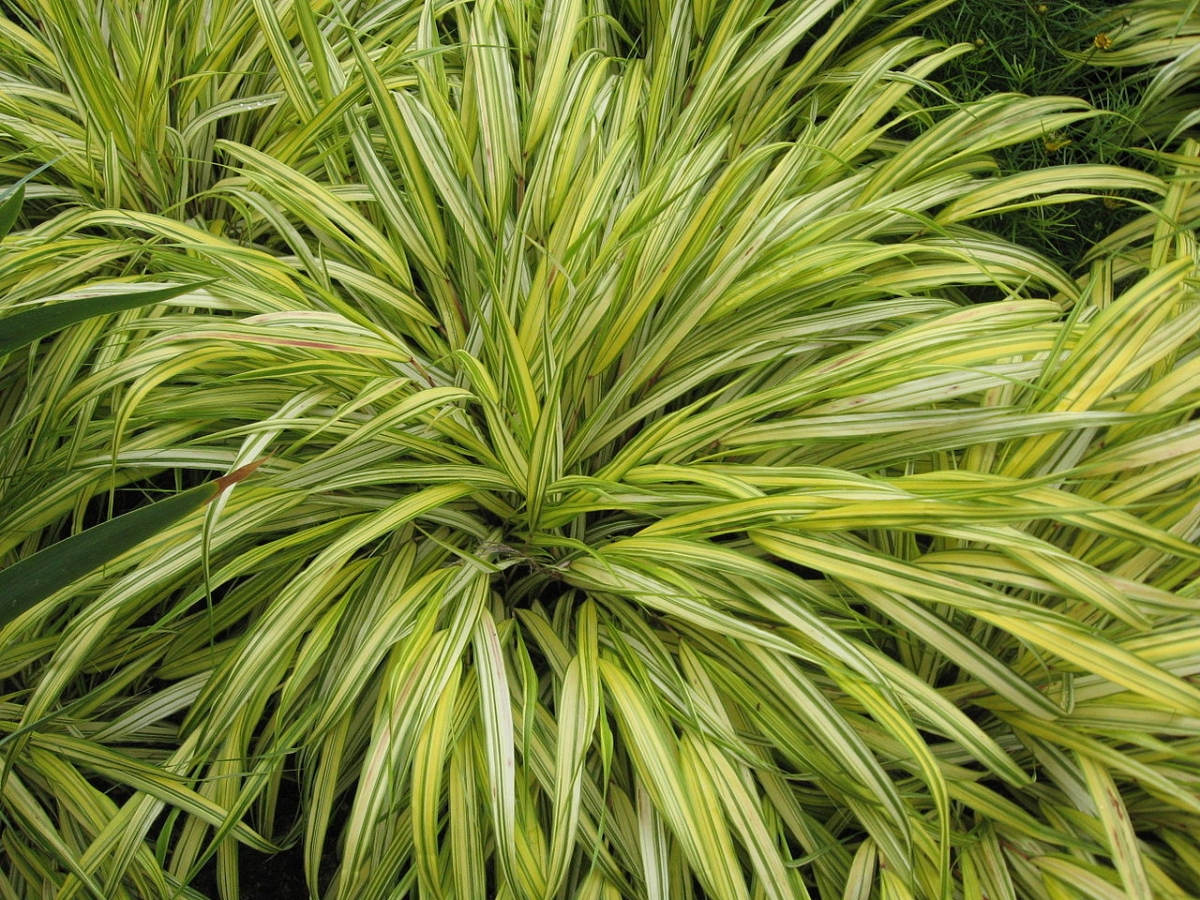
Image - Wikimedia / Cillas
La Macro hakonechloa it is a little known grass, but really pretty. It grows between 30 and 60 centimeters in height, and produces light green or variegated leaves depending on the cultivar, as is the case of the 'Alboaurea' that you can see above. The flowers are grouped in small, whitish panicles. It resists temperatures down to -18ºC.
Miscanthus sinensis (Chinese silver)
Known as Chinese silver or zebra, it is a perennial grass that grows between 80 centimeters and 4 meters in height, everything will depend on whether it is isolated or in groups, as well as the amount of water available. The leaves are 18 to 75 centimeters long by 0,3 to 2 centimeters wide. Its flowers are purple, and supports frosts down to -6ºC.
muhlenbergia capillaris
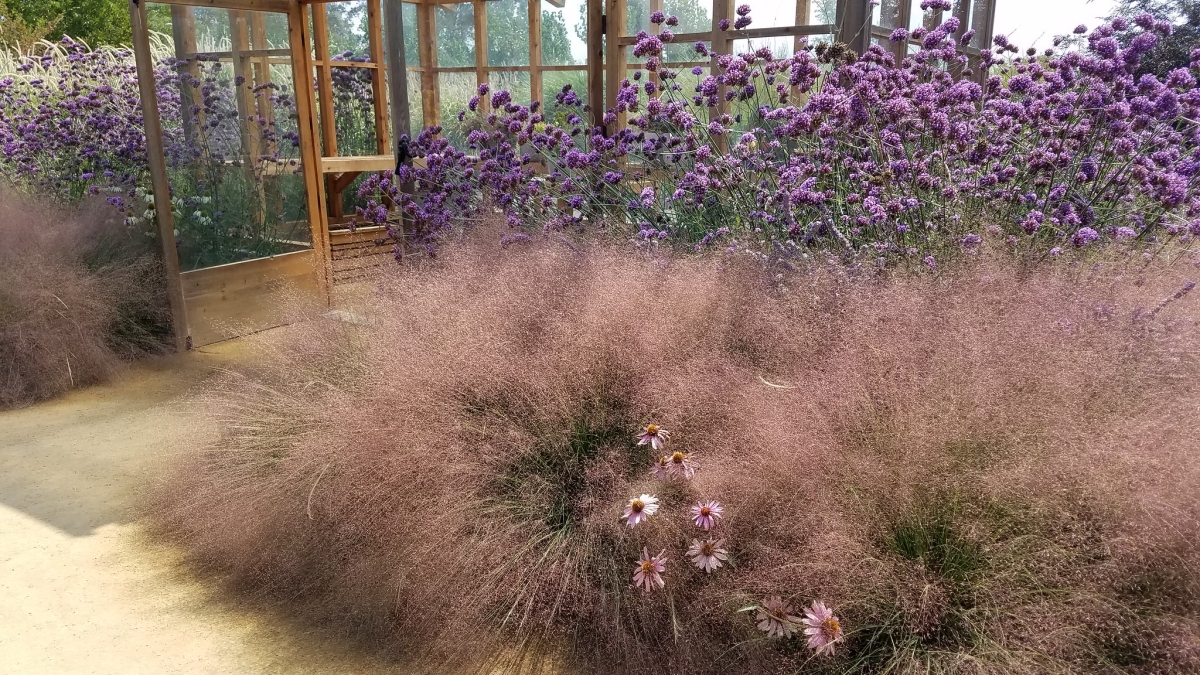
Image - Flickr / Plant Right
La muhlenbergia capillaris It is a grass that grows up to 90 centimeters in height by the same width. Of course, you will see that it only grows in summer, taking out leaves that, when the temperatures begin to drop, go from being green to coppery. Blooms in the fall, producing pink flowers that remain for most of the season. Resists up to -14ºC.
Nassella tenuissima (before stipa tenuissima)
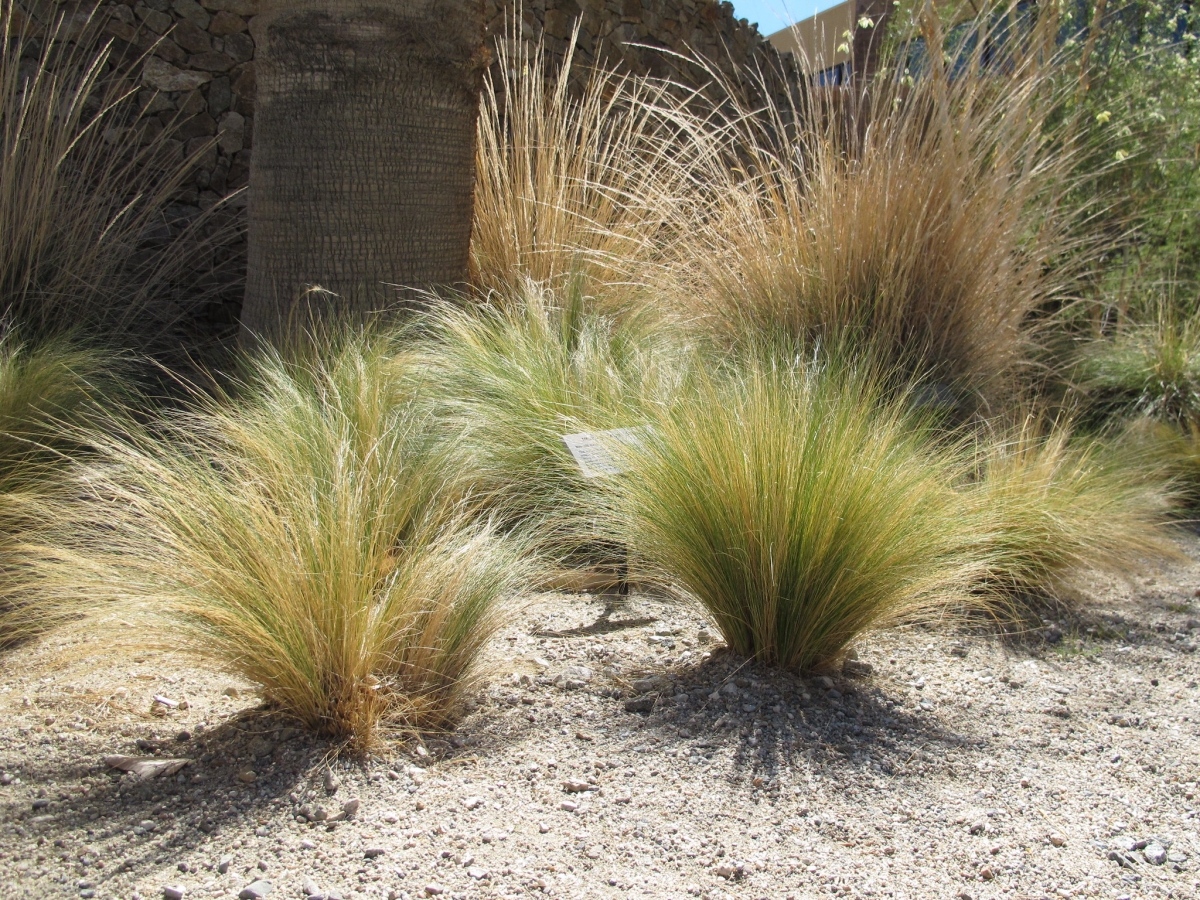
Image - Flickr / Megan Hansen
La Nassella tenuissima It is one of the most used ornamental grasses in landscaping. It grows up to 60 centimeters in height, and is rounded and pompous in shape. Blooms in fall and winter producing white flowers at the top of the stems. It supports well the frosts of up to -12ºC.
Pennisetum alopecuroides (Fox tail)
The plant known as foxtail is a herbaceous plant that has green tapered leaves, which are between 60 and 150 centimeters long. It has a rounded shape, reaching a maximum diameter of 70 centimeters. Its flowers, which are white or pink, bloom in spring and summer. Resists up to -4ºC.
Pennisetum thunbergii "Red Buttons"
This is a variety that attracts a lot of attention when it blooms, something that it does from summer to early fall. Its flowers are inflorescences that take the form of tube cleaners, and are lilac. The leaves are green most of the year, but in autumn they turn yellowish and if the weather is cool or cold they will be brown. Resists up to -10ºC.
stippa ichu
It reaches 180 centimeters in height, and forms extensive clumps, which produce flowers during spring.. It is a species that supports drought and heat very well, highly recommended to have in areas where there is little rain. The flowers are white. Supports up to -10ºC without damage.
What are the care that must be provided to them?
Grasses are very easy plants to maintain. They will hardly need care. But it is important that some things are taken into account so that they can grow well, without causing problems:
Location
You have to put in a sunny place whenever that is possibleOtherwise they could be in semi-shade. But in addition, we must avoid planting them near small and / or slow-growing plants, because otherwise sooner or later they would dry out. Ideally, they should be at least two meters from them so that they all have enough space and nutrients to absorb.
Soil or substrate
It is indifferent. They are not too demanding plants, but they do grow and develop better if the soil is well drained. If you choose to grow them in pots, it is possible to use universal growing substrate (on sale here).
Irrigation and fertilizer
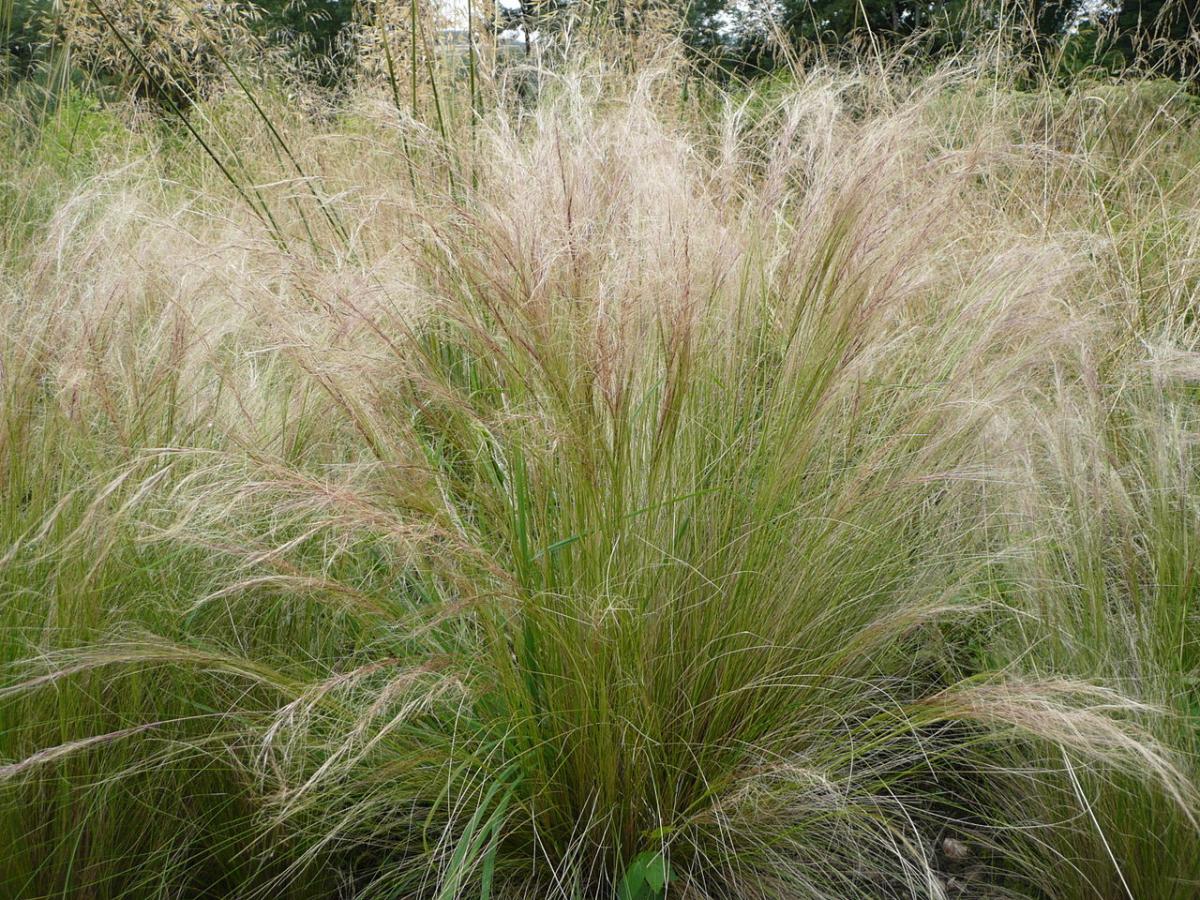
Image - Wikimedia / Liné1
To grasses you have to water them 2 or 3 times a week, except during cold months. In autumn and winter it is necessary to do it less frequently, since they are usually seasons in which, in addition, it can rain.
With regard to the fertilizer, it is not important if the plant is in the ground, but if it is in a pot. In the latter case, it could be paid with a universal liquid fertilizer, (for sale here), or others such as guano (for sale here).
Transplant
Ornamental grasses they have to be planted in the ground or changed pot in spring. Wait until the risk of late frosts disappears, otherwise they could be damaged.
Rusticity
The species we have seen here can be grown without problems in temperate regions, where summers are warm and winters are cold. To find out what the lowest temperature they support is, you have to look at the list again and click on the name of the species for which you want to read this information.
Do you like the ornamental grasses that we have shown you?
